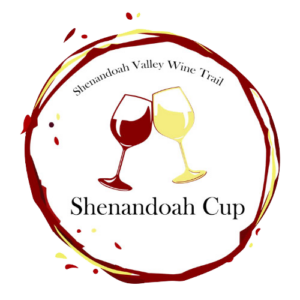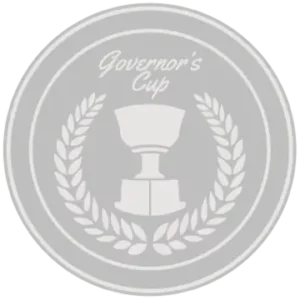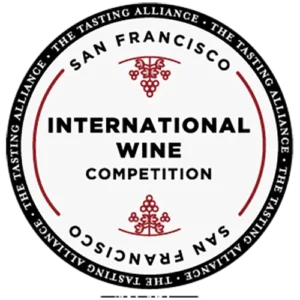Skip to content
Jump Mountain Vineyards News and Reviews
Awards for Jump Mountain Vineyard Wines
- 2023 Shenandoah Cup Winner for 2019 Borderland
- 2023 Shenandoah Cup Gold Medal for 2021 Livia
- 2023 Shenandoah Cup Silver Medal for 2019 Cabernet Sauvignon
- 2025 Virginia’s Governor’s Cup Gold Medal for 2021 Cabernet Sauvignon
- 2025 Virginia’s Governor’s Cup Silver Medal for 2021 Borderland
- 2025 Virginia’s Governor’s Cup Silver Medal for 2021 Sparkling Gruner Veltliner
- 2024 Virginia’s Governor’s Cup Silver Medal for 2021 Livia
- 2024 Virginia’s Governor’s Cup Silver Medal for 2021 Sparkling Gruner Veltliner
- 2017 Virginia’s Governor’s Cup Silver Medal for 2014 Cabernet Sauvignon
- 2018 Silver Medal winner for 2014 Cabernet Sauvignon



